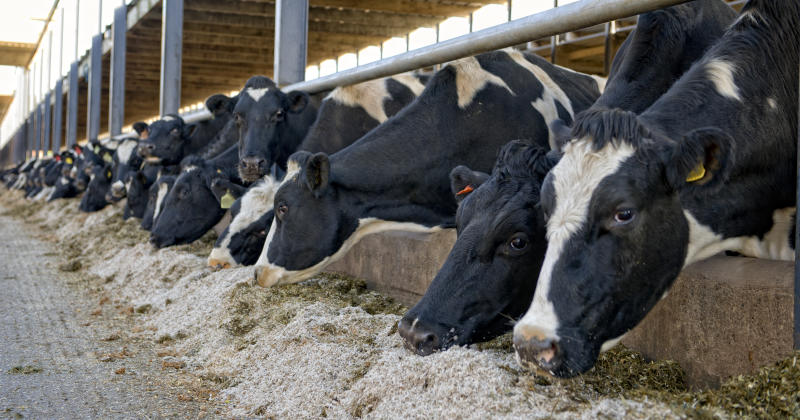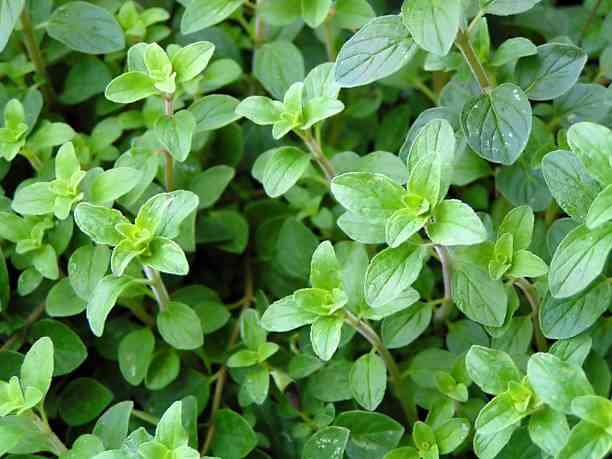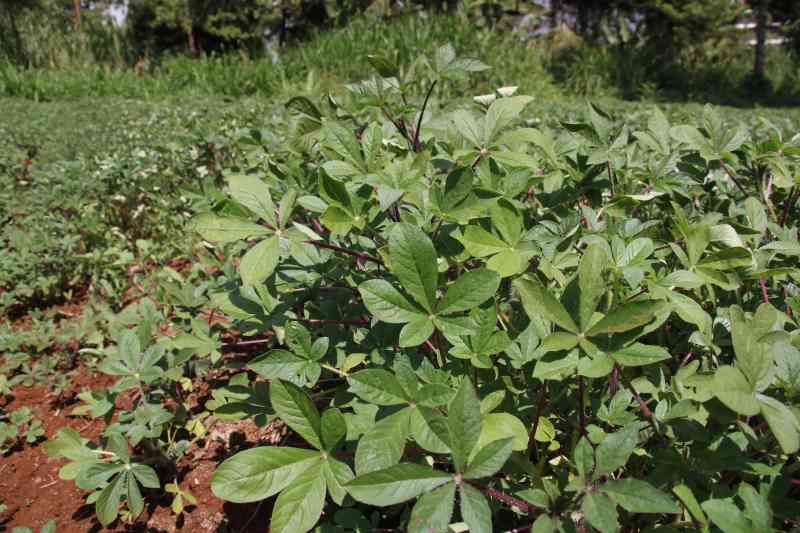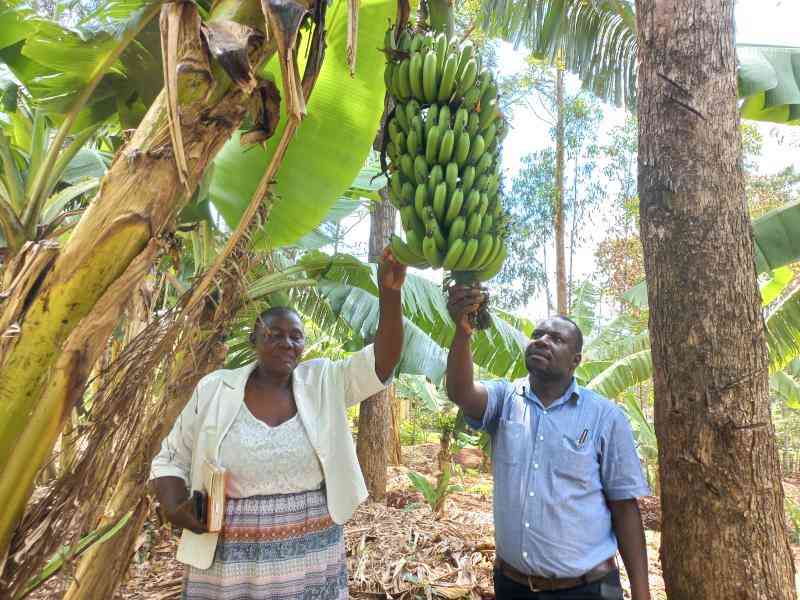
Dear Dr Othieno
Thanks for the informative articles on livestock farming. I enjoy every bit of it. I am a dairy farmer with ten dairy cows on eight acres. I mix open grazing with supplementation with hay.
The current rains have come as a blessing and there is a lot of grass on my farm and I have baby maize crops which I had intend to feed to the cows. Due to the rainy weather conditions, I cannot make hay. What can I do?
[Mwaniki, Kandara]
Thanks Mwaniki for reaching out to us. Yes it is raining and there is green lush pasture everywhere and milk production has gone up.
It is common to see napier over growing on farms because there is plenty to feed the animals therefore no need to harvest more. But did you know in this time of plenty you can conserve the excess for a sunny day? This is the scenario Mwaniki has found himself in. The solution for Mwaniki is to let the cows feed on the grass and preserve the maize through silage making.
They say make hay while the sun shines, and I want to add my saying ‘make silage when it rains like it is doing now’.
Hay is a method of feed conservation which uses the sun to drain moisture from pasture and preserve it for future use. You may not do this during rainy seasons; unless you are using artificial drying which is expensive.
What is silage and why make it?
Silage uses a process called fermentation to conserve fresh pasture. The fermentation has to be controlled under anaerobic (low oxygen) conditions. The conditions produce acid which preserves the nutritional qualities of the feeds.
You only make silage when you are sure of excess feeds at the end of the season; otherwise it will not make economic sense. Silage becomes important when you have certain pastures that are available only at a certain time – seasonal crops for example. When converted into silage, such pastures can be used to feed animals when their season has long passed.
Silage is best made from crops when they have 60 per cent - 70 per cent moisture content – when they are young. Silage has relatively more nutrients and therefore best suited for feedlots and dairy farms.
Grasses, legumes, crop residues and fodder crops (sorghum and maize) can be used to make silage. Sorghum is best when it has just produced the seeds, legumes are best harvested for silage when the pods have just formed while maize is best when the seeds are soft but not milky. Napier should be harvest at one meter/waist height.
How is it made?
The first step is to harvest your raw materials at the right time when they have good moisture content. The feeds are then chopped into smaller pieces, for ease of compaction. Afterwards they are mixed with diluted molasses using water at 1:2 parts (for every one litre of molasses add two litres of water).
There are two methods of ensiling - trenching and plastic bags. In trenching, a pit is dung into the ground, polythene wall used and the materials ensiled. Plastic bags are easier to use and to move around.
They are also the best to use in small scale farming as small portions can be used at a time without spoiling the remaining. Because silage is made during raining seasons, avoid using overly wet material. Wilting or slight drying in the sun can be used to reduce moisture which interferes with fermentation.
Compaction is important as it ensures maximal removal of air from the materials. In trenching, a tractor or heavy rolls can be used to compact the silage. Proper sealing should also be done.
Challenges
Once opened, silage easily develops moulds and to avoid this, open it only when you want to use it. Plastic bags can also help farmers store silage in small portions which can be consumed fast after opening. Proper sealing should be done when you open to get a portion of the silage.
[The writer is the vet of the year in 2016 and works with the Kenya Tsetse and Trypanosomiasis Eradication Council (KENTTEC)– [email protected]]
Want to get latest farming tips and videos?
Join Us
 The Standard Group Plc is a multi-media organization
with investments in media platforms spanning newspaper print operations,
television, radio broadcasting, digital and online services. The Standard Group
is recognized as a leading multi-media house in Kenya with a key influence in
matters of national and international interest.
The Standard Group Plc is a multi-media organization
with investments in media platforms spanning newspaper print operations,
television, radio broadcasting, digital and online services. The Standard Group
is recognized as a leading multi-media house in Kenya with a key influence in
matters of national and international interest.
 The Standard Group Plc is a multi-media organization
with investments in media platforms spanning newspaper print operations,
television, radio broadcasting, digital and online services. The Standard Group
is recognized as a leading multi-media house in Kenya with a key influence in
matters of national and international interest.
The Standard Group Plc is a multi-media organization
with investments in media platforms spanning newspaper print operations,
television, radio broadcasting, digital and online services. The Standard Group
is recognized as a leading multi-media house in Kenya with a key influence in
matters of national and international interest.







